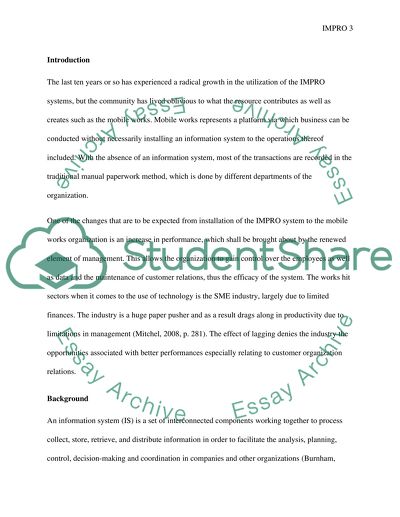Cite this document
(“Research into impro system and human resource organizer system Dissertation”, n.d.)
Retrieved from https://studentshare.org/information-technology/1397884-research-into-impro-system-and-human-resource
Retrieved from https://studentshare.org/information-technology/1397884-research-into-impro-system-and-human-resource
(Research into Impro System and Human Resource Organizer System Dissertation)
https://studentshare.org/information-technology/1397884-research-into-impro-system-and-human-resource.
https://studentshare.org/information-technology/1397884-research-into-impro-system-and-human-resource.
“Research into Impro System and Human Resource Organizer System Dissertation”, n.d. https://studentshare.org/information-technology/1397884-research-into-impro-system-and-human-resource.


